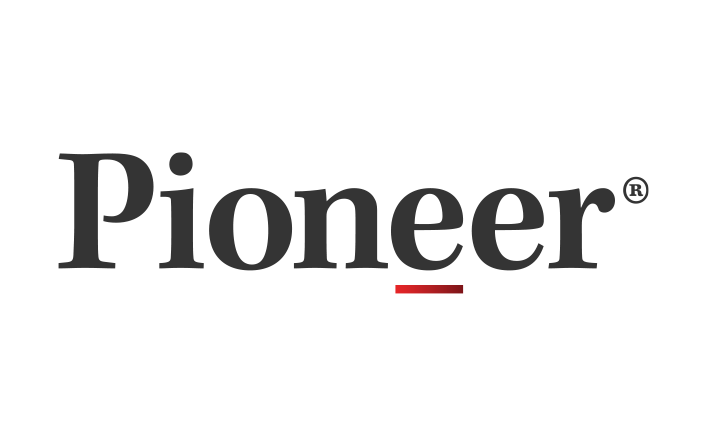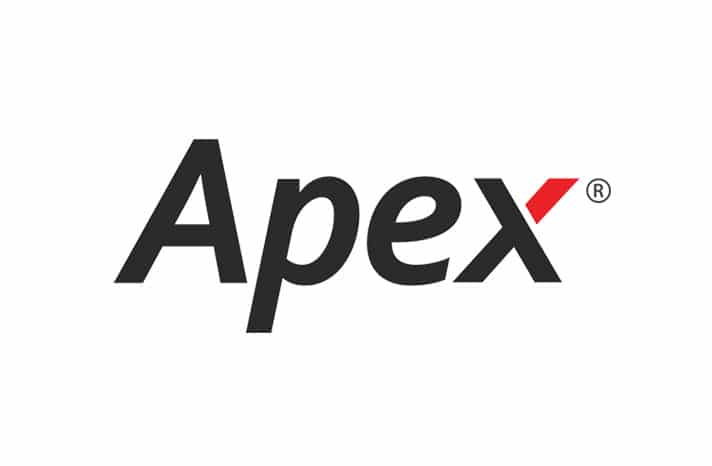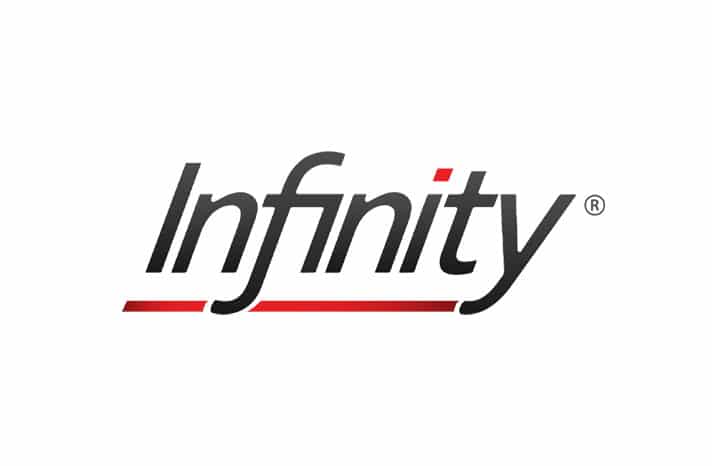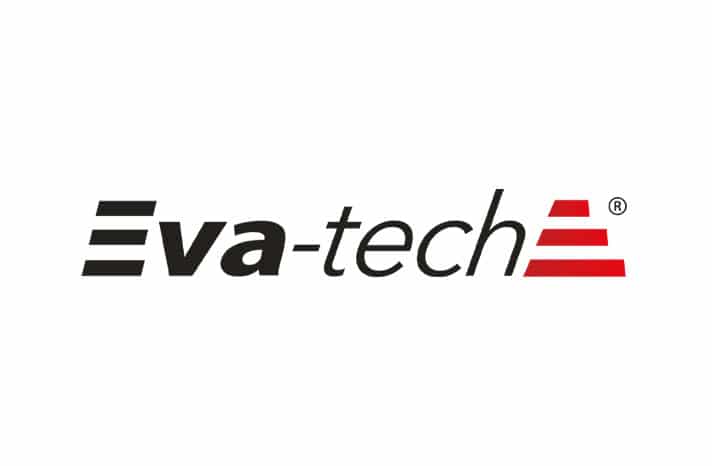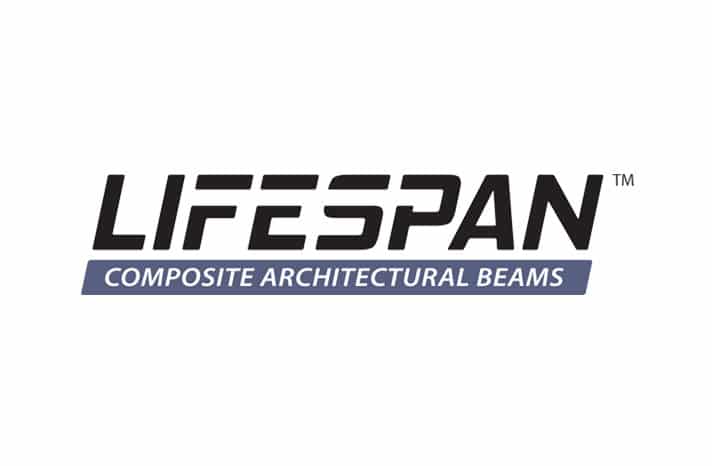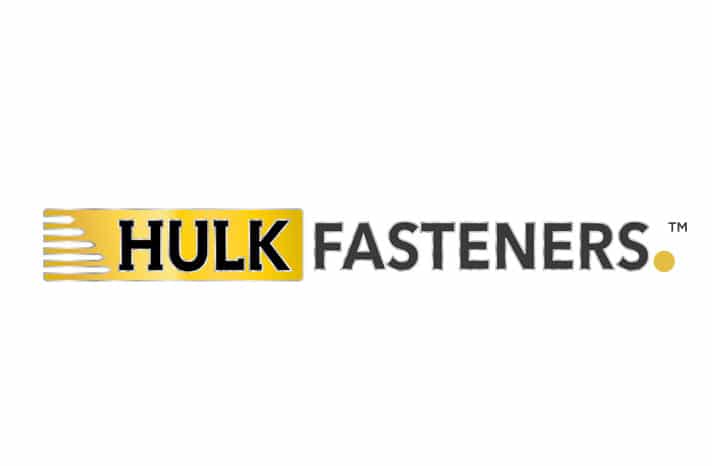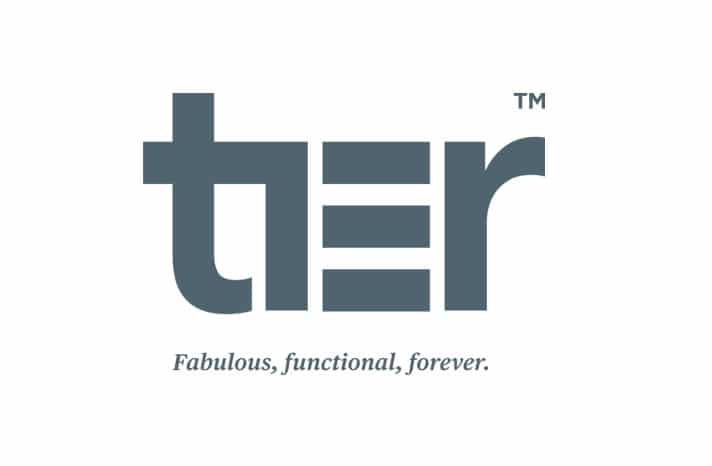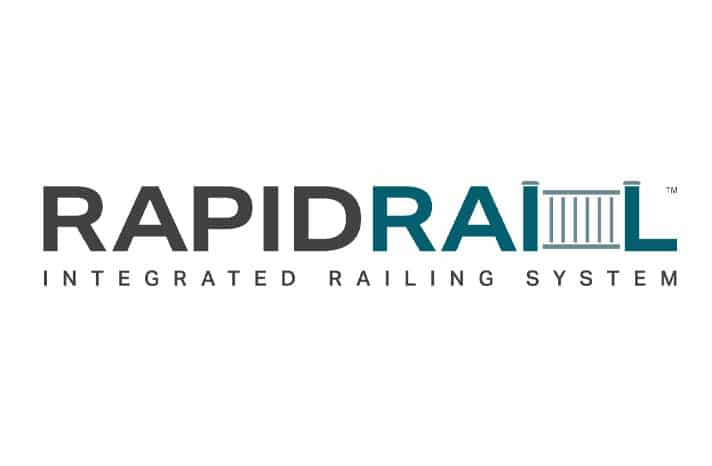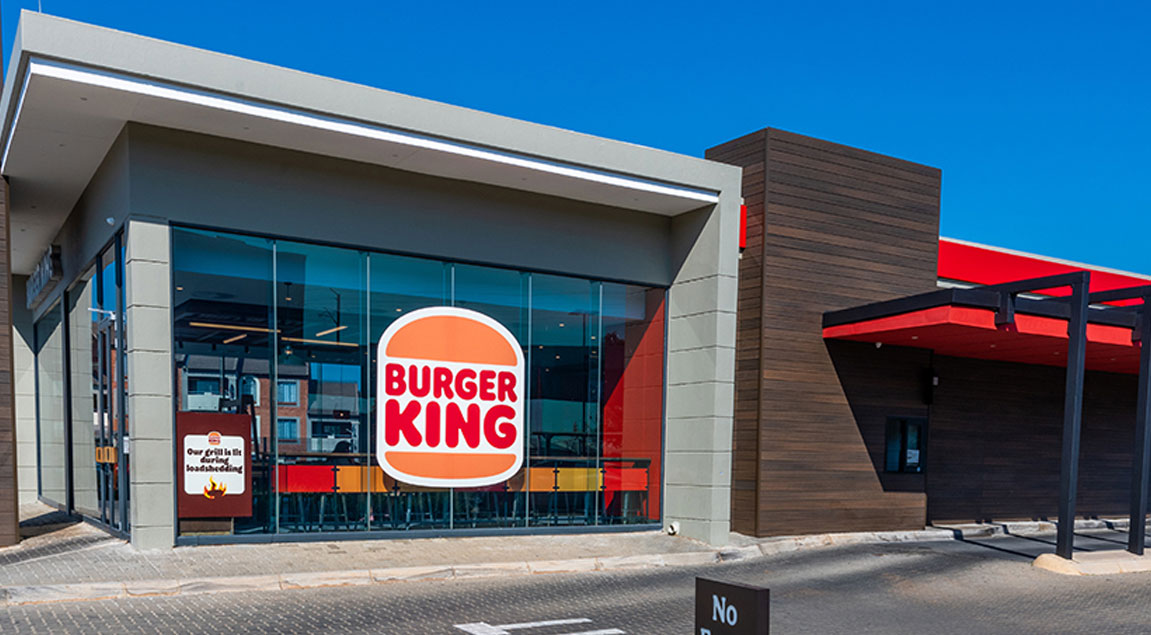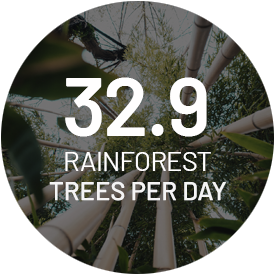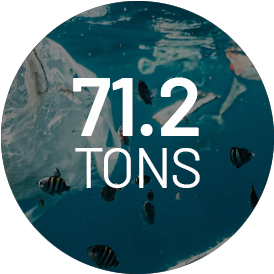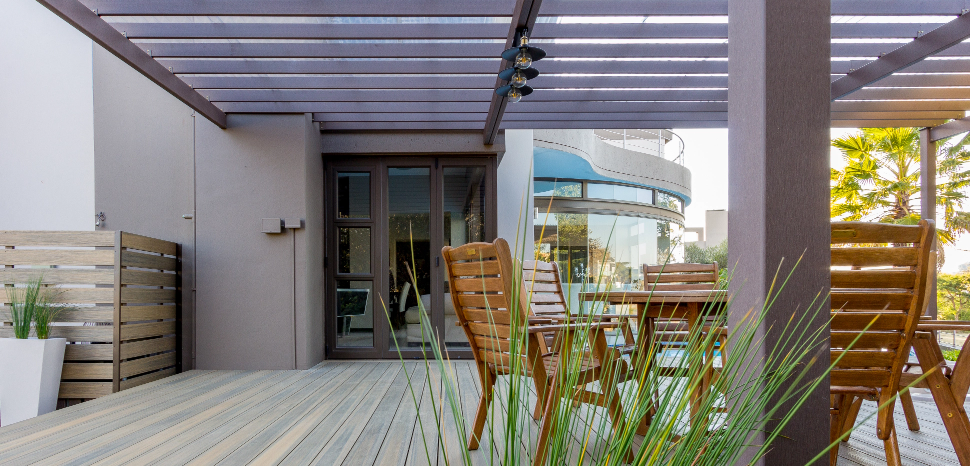How to market and create differentiation in the building materials industry; while growing the brand globally but ensuring customisation for local market penetration
By Shelley Galliver, Marketing Director at Eva-Last
In an increasingly crowded and competitive landscape, differentiation is a critical prerequisite for a company, or a product’s longevity and sustainability. The rise of a global marketplace over the years has meant a substantial increase in competitive products as the barriers to entry have dropped significantly. Therefore, in order to develop a competitive advantage one has to define compelling, unique selling points that differentiate your product from that of the competitors.
Every customer touchpoint is an opportunity for differentiation
Differentiation is more than just how marketing positions product — every single customer touchpoint is an opportunity for differentiation. Research and development, product management, the sales experience, back-up service including warranty support, logistics, and demand or stock management, are all touchpoints. A good or negative experience in any area, can become a differentiator for a customer on future purchases, especially in the building materials sector where the manufacturer is, more often than not, selling through channel partners like in-country distributors, agents or even building material resellers.
Types of product differentiation
There are three main categories of product differentiation; horizontal, vertical and mixed differentiation.
Horizontal differentiation is not associated with the product’s quality or price point. The products are believed to offer the same thing at the same price point. When making decisions regarding horizontally differentiated products, it often comes down to personal preference or decisions related to dealing with a particular company and not the product offering itself. Many commodity building products fall into this category, where although manufacturers try to have different offerings, the market perceives them to be a commodity and will only pay small premiums based on brand reputation or additional perceived benefits. Products such as copper piping, cement and even more technical products like geysers have this commodity association. This means the channel is forced to sell at lower margins and drive volume.
Vertically differentiated products on the other hand are extremely dependent on price points but in many cases the quality of the products is different. In the building materials space this is often represented by big brands who offer a quality product that is more expensive versus the cheaper “knock-offs” or “me-too” brands that appear in the market. Because of the distribution model of the building materials sector, you also find that many of the resellers in the channel will launch their own “house brands” to sell alongside the big renowned brands, so that at point of purchase the consumer is faced with the recognised brand versus a much cheaper alternative. This is where customer education around what they are buying, differentiated by the features and benefits, and, most significantly, the warranty, plays a part in the decision making process: cost versus value.
Lastly mixed or “simple differentiation,” is based on a combination of elements and is often confused with horizontal differentiation. The main difference being that this could comprise of products of similar quality, perhaps even similarly priced, but from different manufacturers, and these products may have nuances that differentiate them on technical features, finishes, colour offering, etc. This is usually where large, market-leading brands are competing and trying to differentiate themselves through innovation, new design updates and product launches, or simply through incisive marketing campaigns that grab the attention of the potential buyers.
Horizontal differentiation is not associated with the product’s quality or price point. The products are believed to offer the same thing at the same price point. When making decisions regarding horizontally differentiated products, it often comes down to personal preference or decisions related to dealing with a particular company and not the product offering itself. Many commodity building products fall into this category, where although manufacturers try to have different offerings, the market perceives them to be a commodity and will only pay small premiums based on brand reputation or additional perceived benefits. Products such as copper piping, cement and even more technical products like geysers have this commodity association. This means the channel is forced to sell at lower margins and drive volume.
Vertically differentiated products on the other hand are extremely dependent on price points but in many cases the quality of the products is different. In the building materials space this is often represented by big brands who offer a quality product that is more expensive versus the cheaper “knock-offs” or “me-too” brands that appear in the market. Because of the distribution model of the building materials sector, you also find that many of the resellers in the channel will launch their own “house brands” to sell alongside the big renowned brands, so that at point of purchase the consumer is faced with the recognised brand versus a much cheaper alternative. This is where customer education around what they are buying, differentiated by the features and benefits, and, most significantly, the warranty, plays a part in the decision making process: cost versus value.
Lastly mixed or “simple differentiation,” is based on a combination of elements and is often confused with horizontal differentiation. The main difference being that this could comprise of products of similar quality, perhaps even similarly priced, but from different manufacturers, and these products may have nuances that differentiate them on technical features, finishes, colour offering, etc. This is usually where large, market-leading brands are competing and trying to differentiate themselves through innovation, new design updates and product launches, or simply through incisive marketing campaigns that grab the attention of the potential buyers.
Developing a Product Differentiation Strategy
Firstly, it is important to know the market you are targeting and then how you will position your products within that market segment. Within the building materials sector, manufacturers are usually talking to various channel players and it is important to customise your message to resonate with what is important to each sector. A distribution partner will have different requirements to a reseller, who has different needs to that of a contractor, and who will also have a different focus to that of the end user. It’s also important to examine your competitors in that space or market, and evaluate the selling features on their product. Then consider what your product offers that is not already available and what the unique selling points are that you are going to highlight.
When building your product differentiation strategy, it is important to work with all the departments in the business, as this gives insight into what they see to be differentiators in their area of expertise from technical, to logistics, to sales and even finance. This helps identify potential points of distinction on your product from others in the market. Taking note of the features and benefits and perceived value your product offers customers, and how valuable these differentiators are, can influence your pricing strategy as well.
When building your product differentiation strategy, it is important to work with all the departments in the business, as this gives insight into what they see to be differentiators in their area of expertise from technical, to logistics, to sales and even finance. This helps identify potential points of distinction on your product from others in the market. Taking note of the features and benefits and perceived value your product offers customers, and how valuable these differentiators are, can influence your pricing strategy as well.
Growing a global brand in building materials
The most powerful brands are the ones that inspire with a message that people can get behind, something that aligns with consumers’ own values. ‘Inspired by Nature, Designed for Life’, is Eva-Last’s brand tag line and it meets both the emotional and functional benefits of working with the brand, with the end goal being to reflect its customers’ beliefs to achieve the ultimate brand loyalty. This also ties into the company’s core value of Sustainability, of the planet and nature, as well as the products’ longevity.
Customisation of a product offering to local preferences should be a keynote in your strategy, taking into account local culture, characteristics and natural resources in a region. For global companies competing amidst different cultures, the challenge is to make their brands culturally relevant. Knowing how to adapt your approach is key. Different cultures, countries, infrastructures and languages require thoughtfulness and research. While your values and overall message should remain consistent, the language and visuals should be adapted for each individual market in which you do business. Localising your message is vital.
Innovation: is one of Eva-Last’s core values and lies at the heart of the company’s culture. The constant pursuit for “what’s next”, the challenges we can overcome in the building materials space and the solutions we can offer our clients and end users, is a commitment that ensures we continue to grow as a brand and remain relevant in all the markets we service.
Customer Excellence: is another company value which focuses on the fact that Eva-Last only exists because of each customer’s experience with the brand. Delight your customers and they will return. As a company, we are focused on developing and maintaining omni-channel interactions that engage various channel partners and build lasting relationships, globally.
Digital online presence is key in building a global brand: digitally-empowered buyers, with access to a myriad of information, are able to research, compare and evaluate before making any sales decision. The internet has become the most powerful sales tool at a brand’s disposal. It’s a critical enabler for brands to market their products and services, especially on a global scale.
Choosing the right distribution partners: finding the right in-country partners who embrace the essence of your brand is key for international growth. With local partners who know the market, you can adapt your offerings to the respective cultures and requirements, without becoming detached from your global business strategy and quality standards. Choose to partner with companies who share your values and who can strengthen your business offering in a territory to better serve the local customers. In-country distributors invariably have existing relationships which can open doors, helping you accelerate growth internationally.
Be agile and able to adapt quickly: this is absolutely essential in today’s global business climate. Companies who are able to quickly adapt to the needs of the market will be successful in the long run.
Recognise and understand the difference between global branding and global positioning: your global branding and your company values should be consistent. However, from a product or even a brand positioning perspective, this could vary greatly. You may be the market leader in one country and therefore, are able to command a price premium and higher margins, versus being a new market entrant in another country and having to compete with larger competitors. So your market entry strategy in a new region may need to be as a low cost entrant to gain market share, without compromising on product quality or the values for which the company stands for. Your brand reputation is not easy to establish nor is it easy to change. While your market positioning can evolve, especially with innovation and new product launches; all of the above are the tools to fine-tune your market positioning as the brand becomes established and recognised in the market.
Customisation of a product offering to local preferences should be a keynote in your strategy, taking into account local culture, characteristics and natural resources in a region. For global companies competing amidst different cultures, the challenge is to make their brands culturally relevant. Knowing how to adapt your approach is key. Different cultures, countries, infrastructures and languages require thoughtfulness and research. While your values and overall message should remain consistent, the language and visuals should be adapted for each individual market in which you do business. Localising your message is vital.
Innovation: is one of Eva-Last’s core values and lies at the heart of the company’s culture. The constant pursuit for “what’s next”, the challenges we can overcome in the building materials space and the solutions we can offer our clients and end users, is a commitment that ensures we continue to grow as a brand and remain relevant in all the markets we service.
Customer Excellence: is another company value which focuses on the fact that Eva-Last only exists because of each customer’s experience with the brand. Delight your customers and they will return. As a company, we are focused on developing and maintaining omni-channel interactions that engage various channel partners and build lasting relationships, globally.
Digital online presence is key in building a global brand: digitally-empowered buyers, with access to a myriad of information, are able to research, compare and evaluate before making any sales decision. The internet has become the most powerful sales tool at a brand’s disposal. It’s a critical enabler for brands to market their products and services, especially on a global scale.
Choosing the right distribution partners: finding the right in-country partners who embrace the essence of your brand is key for international growth. With local partners who know the market, you can adapt your offerings to the respective cultures and requirements, without becoming detached from your global business strategy and quality standards. Choose to partner with companies who share your values and who can strengthen your business offering in a territory to better serve the local customers. In-country distributors invariably have existing relationships which can open doors, helping you accelerate growth internationally.
Be agile and able to adapt quickly: this is absolutely essential in today’s global business climate. Companies who are able to quickly adapt to the needs of the market will be successful in the long run.
Recognise and understand the difference between global branding and global positioning: your global branding and your company values should be consistent. However, from a product or even a brand positioning perspective, this could vary greatly. You may be the market leader in one country and therefore, are able to command a price premium and higher margins, versus being a new market entrant in another country and having to compete with larger competitors. So your market entry strategy in a new region may need to be as a low cost entrant to gain market share, without compromising on product quality or the values for which the company stands for. Your brand reputation is not easy to establish nor is it easy to change. While your market positioning can evolve, especially with innovation and new product launches; all of the above are the tools to fine-tune your market positioning as the brand becomes established and recognised in the market.
Global Brand with Local Differentiation
In an era where we are seeing increased globalisation compounded with the requirement for localisation and personalisation, brands are challenged to deliver messaging that is both worldly and engaging through individualisation or localisation, meeting the specific needs and wants of the target audience.
Globalization stands for unity, steadfastness, and assurance. Yet, as the world has shrunk as a marketplace, people have come to value local differences, and retaining aspects of a “home-grown” association has become important for them. Brand-builders need to understand the geographic, country-specific nuance’s and if they are able to harness those variances and even market to them, the brand will be more readily accepted and adopted because of this empathetic approach.
Personalization takes this one step further and talks to recognising each person as an individual: catering to their individual needs, wants, desires and their individual preferences or differences. This personalisation is where social media can play an enormous role with AI technology serving up differentiated advertising based on a better understanding of that individual’s environment, likes and dislikes and search history. This means each brand should be built around campaigns not only tailored to a specific country, but to cater to those individuals who may be investigating products in your category; to ensure your ad “talks to their needs” when it is displayed and therefore grabs their attention.
Brand adoption and, ultimately, company profitability, will be determined by how well companies are able to harness the juncture of globalisation, localisation and personalisation to their benefit.
Marketing has evolved from a global strategy that previously focused on brand standardisation, a McDonalds concept of getting the same no matter where you are in the world, to the “think global, act local” approach. A centralised strategy where regions simply executed the common belief of “we know what’s best for them”, has now evolved to a much more effective approach of a collaborative strategy which is a shared responsibility model.
Nevertheless, it is important to ensure that the brand has a common global essence which is consistent and mirrored across all territories; it is the responsibility of the brand owner to clearly define this essence and communicate what the brand stands for.
In expanding the brand globally, there is a shared responsibility within those territories to ensure the essential brand promise is met and that the brand growth is nurtured by the in-country partner. Moreover, it should be understood that the brand’s success is a shared responsibility through the brand owner providing the brand framework, guidelines, and necessary tools and support, while the local partner “takes ownership” of developing the brand within the localisation of it, ensuring the brand is represented in a way that talks to the local culture and market preferences.
In this way, bringing the brand to life within a territory is then the responsibility of the local partner. The local partner must creatively implement the brand growth plans within its territory. All local creativity must nevertheless be within the brand framework and in sync with the core brand promise. It is imperative that the brand retains its brand essence even when delivering regional and personal relevance.
It’s a fine balancing act, but it’s exceptionally satisfying when all these elements begin working in unison, guaranteeing success.
Globalization stands for unity, steadfastness, and assurance. Yet, as the world has shrunk as a marketplace, people have come to value local differences, and retaining aspects of a “home-grown” association has become important for them. Brand-builders need to understand the geographic, country-specific nuance’s and if they are able to harness those variances and even market to them, the brand will be more readily accepted and adopted because of this empathetic approach.
Personalization takes this one step further and talks to recognising each person as an individual: catering to their individual needs, wants, desires and their individual preferences or differences. This personalisation is where social media can play an enormous role with AI technology serving up differentiated advertising based on a better understanding of that individual’s environment, likes and dislikes and search history. This means each brand should be built around campaigns not only tailored to a specific country, but to cater to those individuals who may be investigating products in your category; to ensure your ad “talks to their needs” when it is displayed and therefore grabs their attention.
Brand adoption and, ultimately, company profitability, will be determined by how well companies are able to harness the juncture of globalisation, localisation and personalisation to their benefit.
Marketing has evolved from a global strategy that previously focused on brand standardisation, a McDonalds concept of getting the same no matter where you are in the world, to the “think global, act local” approach. A centralised strategy where regions simply executed the common belief of “we know what’s best for them”, has now evolved to a much more effective approach of a collaborative strategy which is a shared responsibility model.
Nevertheless, it is important to ensure that the brand has a common global essence which is consistent and mirrored across all territories; it is the responsibility of the brand owner to clearly define this essence and communicate what the brand stands for.
In expanding the brand globally, there is a shared responsibility within those territories to ensure the essential brand promise is met and that the brand growth is nurtured by the in-country partner. Moreover, it should be understood that the brand’s success is a shared responsibility through the brand owner providing the brand framework, guidelines, and necessary tools and support, while the local partner “takes ownership” of developing the brand within the localisation of it, ensuring the brand is represented in a way that talks to the local culture and market preferences.
In this way, bringing the brand to life within a territory is then the responsibility of the local partner. The local partner must creatively implement the brand growth plans within its territory. All local creativity must nevertheless be within the brand framework and in sync with the core brand promise. It is imperative that the brand retains its brand essence even when delivering regional and personal relevance.
It’s a fine balancing act, but it’s exceptionally satisfying when all these elements begin working in unison, guaranteeing success.






